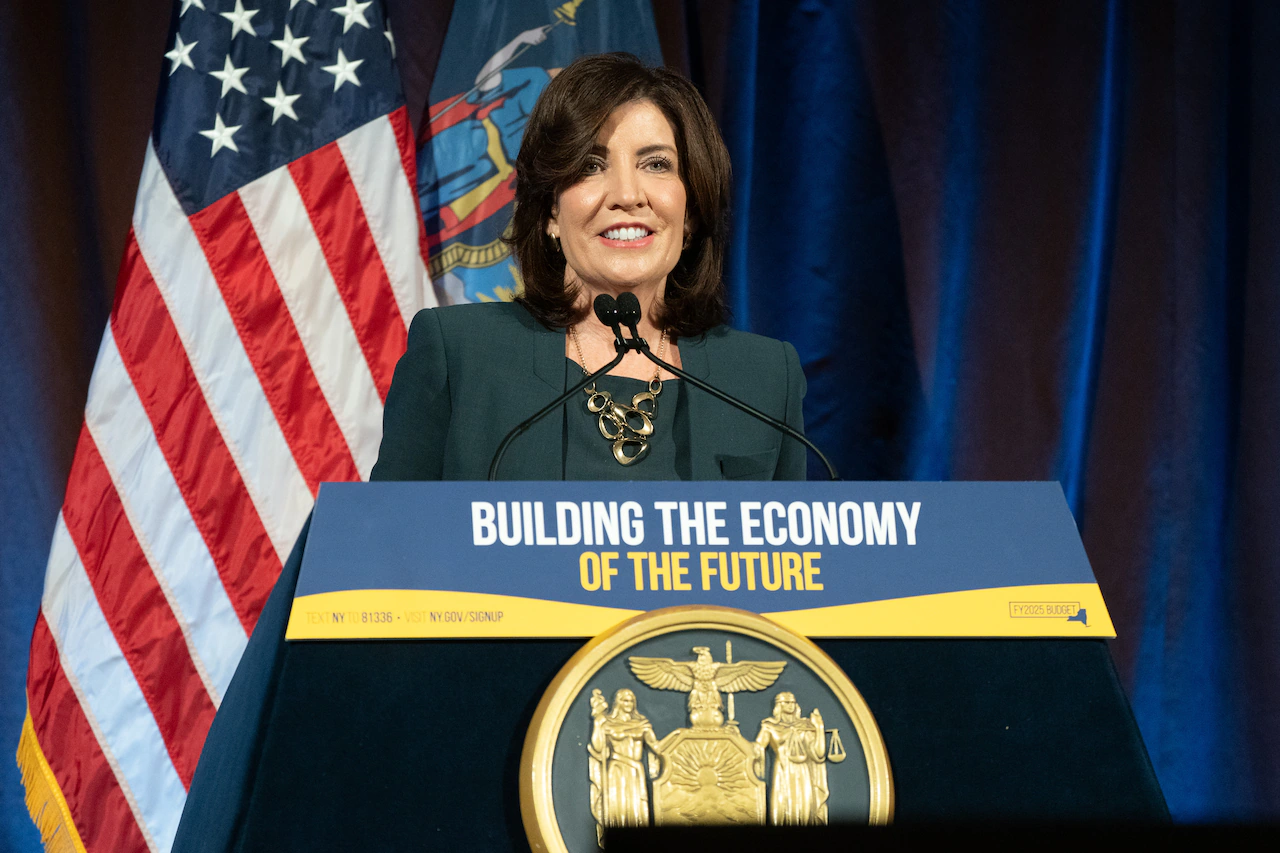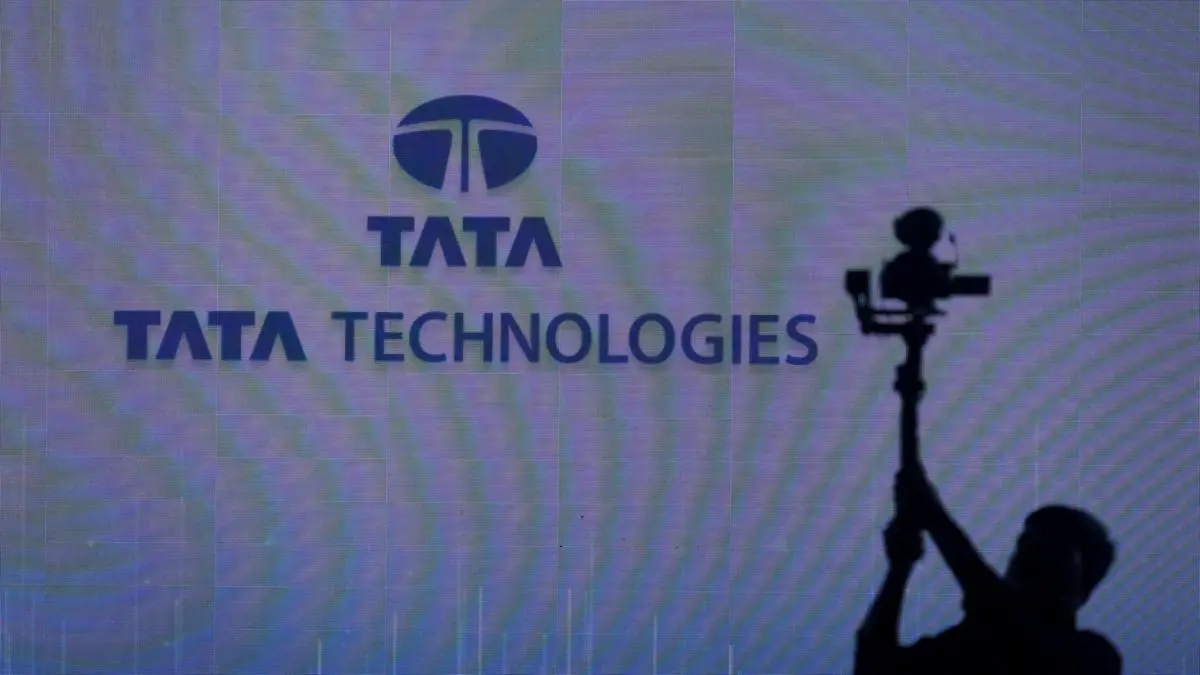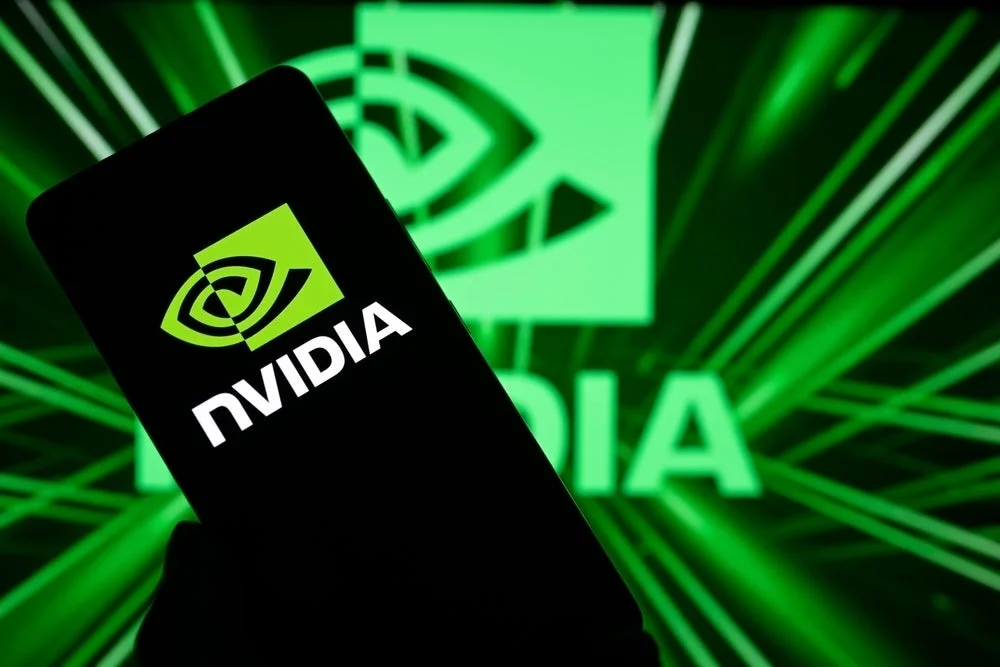Copyright bworldonline

Governance by blockchain is becoming institutionalized in public administration. Within weeks of each other, the Department of Public Works and Highways (DPWH), the Securities and Exchange Commission (SEC), and the Supreme Court (SC) have all announced their respective blockchain initiatives. I am concerned, however, that this government use of blockchain technology is creating expectations that don’t consider the potential for failure if baseline infrastructure is weak. And by baseline, I refer to the policy and regulatory environment, as well as the pillars of law, audit, energy, and human capacity. Blockchain technology is a digital system for recording and verifying information shared across multiple computers linked together, instead of being stored in a single location. Every new record, called a block, is linked to the previous one, forming a chain that cannot be easily changed. In short, blockchain is a “public notebook” that everyone can view and verify, and that no one can secretly erase or rewrite. Each page or block is filled, signed, and time-stamped before the next one is added. And any attempt to tamper with the record leaves visible evidence. Current government documentation, recording, audit, and legal processes remain largely analog, with information written on physical documents that cannot be easily accessed and may be lost, altered, or destroyed. It is logical to migrate government documentation from paper to digital systems. Blockchain promises unchangeable records, time-stamped transactions, and public visibility. These are features seemingly designed to deter manipulation and corruption. But like every reform that weds technology to bureaucracy, success will depend on compliance. And the more crucial question is whether blockchain in governance can stand the test of law, audit, and sustainability. DPWH’s Integrity Chain initiative aims to use blockchain to document and track infrastructure projects, from budgeting and procurement to construction milestones. SEC’s VERITAS system will authenticate corporate filings such as articles of incorporation and financial statements, giving digital documents the same legal force as notarized papers. The SC will secure court records through a blockchain-backed records management system. All three initiatives seek to address an enduring weakness in governance: the vulnerability of records to manipulation. Blockchain, once a tech buzzword, is now entering the bureaucratic bloodstream. And this, to me, raises the stakes, especially since these programs will affect millions of people. For DPWH, blockchain promises tamper-proof project ledgers to deter ghost projects, falsified inspections, or duplicate or fraudulent payments. For SEC, it ensures that corporate filings are verifiable, resistant to forgery, and traceable to their legitimate origin. For SC, it means that court orders, pleadings, and decisions can be authenticated digitally without fear of alteration. These efforts share a common goal: to create an immutable chain of trust in how government handles documents. But they also share a common challenge: blockchain records must be legally recognized as official, audit-admissible, and court-admissible documents, not merely digital copies of written ones. Until that recognition becomes explicit, with a clear basis in law, these ledgers may not have legal weight. If a dispute arises between a contractor and the DPWH, or if a litigant challenges a court record, it remains uncertain whether the blockchain entry itself constitutes the “official record” or merely a certified digital copy. Without formal recognition, the technology may promise integrity while still relying on paper for legitimacy. Legally, some foundation already exists. The Electronic Commerce Act of 2000 (RA 8792) recognizes electronic records and signatures, granting agencies authority to digitize official transactions. However, the law predates blockchain. It validates only the data message, but not the distributed ledger (blockchain) that intends to store it. In effect, RA 8792 opens the door, but agencies like DPWH, SEC, and the Supreme Court must still cross the threshold by formally declaring blockchain entries as official government records that are audit-admissible, court-admissible, and covered by public-sector accountability laws. To be safe, I believe we should codify the use of blockchain ledgers for government records. RA 8792 can serve as the starting point for legal recognition of blockchain-based systems. It may be the legal key that unlocks digital transformation, but I don’t think it can be the definitive framework that governs it. The law did not anticipate decentralized validation or consensus mechanisms involving networked computers as data repositories. Also, it doesn’t seem like RA 8792 automatically confers “official record” status on blockchain entries for audit or evidentiary purposes. And while RA 8792 authorizes e-transactions, it does not create a central body to coordinate blockchain deployments across agencies. It also lacks provisions for energy resilience, cybersecurity, and continuous availability of connectivity and power for digital operations. For blockchain in governance to work, there must be formal recognition of blockchain entries as government records under evidence, audit, and records-retention laws. SEC appears to be asserting this principle by giving blockchain-verified documents the same effect as notarized filings. A dedicated national law could institutionalize this approach so that agencies need not rely on piecemeal circulars for different agencies. Legal recognition through legislation will protect agencies and assure citizens and investors that what they see on any official blockchain ledger is binding, admissible, and enforceable. Without that, blockchain risks becoming a transparency showcase rather than a true governance system. Another concern is that blockchain systems demand reliable electricity, secure data centers, and consistent network access. Yet many regional government offices still suffer from unstable power and poor connectivity. Do we have the dependable infrastructure required to effectively and efficiently employ blockchain technology in public administration? A blockchain-based filing system or project ledger cannot function if the servers hosting it go dark during brownouts, or if provincial data centers fail to synchronize data due to limited bandwidth. In the private sector, downtime is a nuisance. But in government, it can halt transactions, delay payments, or even stall justice. The great risk is that we may be building critical digital platforms on fragile physical foundations. Blockchain may promise incorruptible records, but only if electricity and connectivity are equally dependable. The ledger may secure the data, but who secures the grid? Every aspect of blockchain operations depends on uninterrupted power. As more government functions move online, from procurement to business registration to court records management, public-sector performance will increasingly depend on the reliability of the energy sector and the strength of the digital backbone. Energy and IT security are prerequisites to governance integrity. I also worry that the DPWH, SEC, and SC and possibly other agencies are all adopting blockchain independently, without a unifying plan. This risks creating individual chains that cannot communicate with each other, or that operate in parallel but with inconsistent standards. A law on blockchain governance should therefore provide a national framework with unified standards and clear public oversight. Such a framework should include a needs assessment to determine where blockchain genuinely adds value; standards for validation, interoperability, cybersecurity, and data sovereignty; compliance with procurement and privacy laws; legal bases for recognizing blockchain-recorded data as official and enforceable; promotion of more investments in energy capacity, data centers, and reliable networks to complement blockchain adoption; and, integration and interoperability among agencies, with a single point of oversight for governance, audit, and maintenance. The use of blockchain-secured records points toward a digital republic that can make corruption harder and accountability easier. But policymakers must first understand what the technology truly does. Without clear legal authority, blockchain records are merely digital references. And without reliable electricity and connectivity, they will remain government electronic filing systems that are, ironically, often offline. Marvin Tort is a former managing editor of BusinessWorld, and a former chairman of the Philippine Press Council



